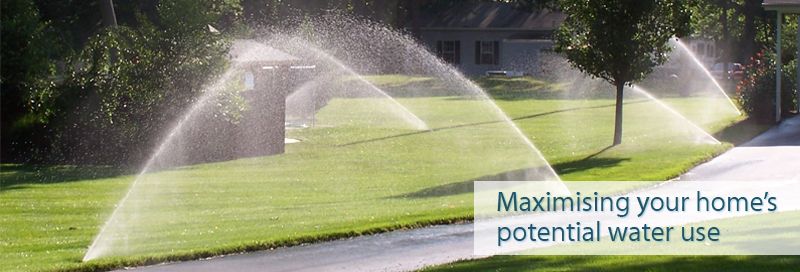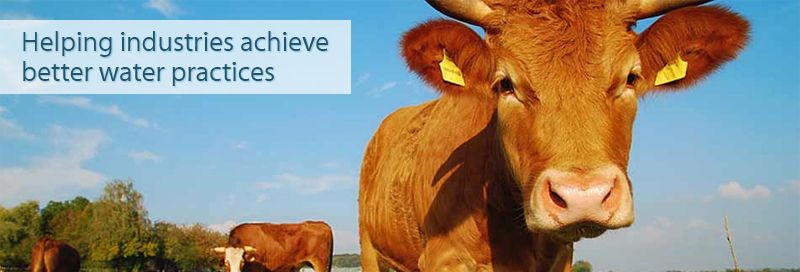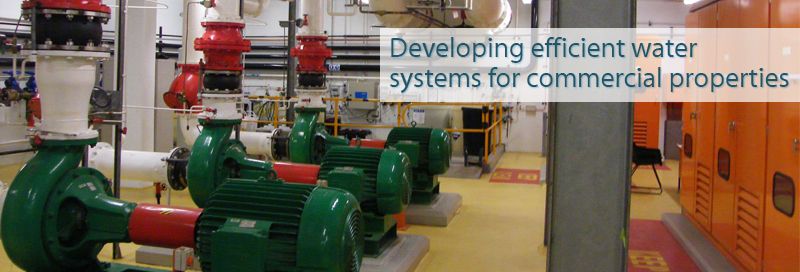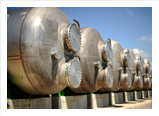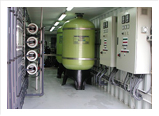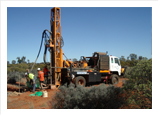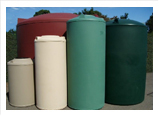Measurement Key
1dd/Sm = 1mS/cm = 1,000mS/cm = 600 mg/l = 600 ppm
Table 1:Water uses according to EC Range
|
EC Range
(mS/cm)
|
Usefulness of water
|
|
0-800
|
- Good drinking water for humans (provided there is no organic pollution and not too much suspended clay material)
- Generally good for irrigation, though about 300mS/cm, some care must be taken, particularly with overhead sprinklers which may cause leaf scorch on some salt sensitive plants
- Suitable for all livestock
|
|
800 – 2,500
|
- Can be consumed by humans although most would prefer water in the lower half of this range if possible
- When used for irrigation, requires special management including suitable soils, good drainage and consideration of salt tolerance of plants
- Suitable for all livestock
|
|
2,500 – 10,000
|
- Not recommended for human consumption, although water up to 3,000mS/cm could be drunk if nothing else was available
- Not normally suitable for irrigation, though water up to 6,000mS/cm can be used on very salt tolerant crops with special management techniques. Over 6,000mS/cm, occasional emergency irrigation may be possible with care
- When used for drinking by poultry and pigs, the salinity should be limited to about 6,000mS/cm
- High magnesium may be present in water of this salinity level and above causing stock health problems. Water analysis is recommended
|
|
10,000 and above
|
- Not suitable for human consumption or irrigation
- Not suitable for pigs, poultry or any lactating animals. Beef cattle can use water up to 17,000mS/cm and adult dry sheep can tolerate 23,000mS/cm. However it is possible that waters below these EC levels could contain unacceptable concentrations of particular ions. Detailed chemical analysis is recommended before using high salinity water for stock
- Water up to 50,000mS/cm can be used to flush toilets provided corrosion on the cistern can be controlled
|
|
0 – 800 EC (mS/cm)
0 – 500 mg/L(ppm)
|
800 – 2,300 EC (mS/cm)
500 – 1,500 mg/L(ppm)
|
2,300 – 5,500 EC (mS/cm)
1,500 – 3,500 mg/L (ppm)
|
|
Avoid wetting leaves on hot, dry days
|
Avoid light, frequent watering and wetting leaves during daytime
|
Avoid wetting leaves
Adequate leaching necessary
|
|
Fruits
|
|
Passionfruit
Strawberry
Apricot
Peach
Plum
Grape
Grapefruit
Orange
Lemon
|
Mulberry
Apple
Pear
Raspberry
Quince
|
Olive
Fig
Cantaloupe
|
|
Vegetables
|
|
Lettuce
Green beans/peas
Carrot
Celery
Onion
Radish
Sweet corn
Potatoes
|
Cabbage
Cauliflower
Broccoli
Broad beans
Tomato
Sweet potato
|
Spinach
Asparagus
|
|
Flowers
|
|
Violet
Primula
Dahlia
Begonia
Azalea
Camellia
Magnolia
Fuchsia
|
Rose
Gladiolus
Aster
Geranium
Zinnia
|
Stock
Chrysanthemum
Carnation
Hibiscus
Oleander
Bamboo
|
|
Livestock
|
Levels
|
EC (mS/cm)
|
Mg/L (ppm)
|
|
Poultry
|
Production decline begins
|
3,100
|
2,000
|
|
Maximum
|
6,250
|
4,000
|
|
Pigs
|
Production decline begins
|
3,100
|
2,000
|
|
Maximum
|
6,250
|
4,000
|
|
Horses
|
Health/growth affected
|
6,250
|
4,000
|
|
Maximum
|
10,900
|
7,000
|
|
Dairy Cattle
|
Production decline begins
|
4,700
|
3,000
|
|
Maximum
|
9,300
|
6,000
|
|
Beef Cattle
|
Production decline begins
|
6,250
|
4,000
|
|
Maximum
|
15,600
|
10,000
|
|
Lactating ewes, weaners
|
Production decline begins
|
6,000
|
3,800
|
|
Maximum
|
10,000
|
6,400
|
|
Sheep, dry feed
|
Production decline begins
|
9,300
|
6,000
|
|
Maximum
|
21,800
|
14,000
|


